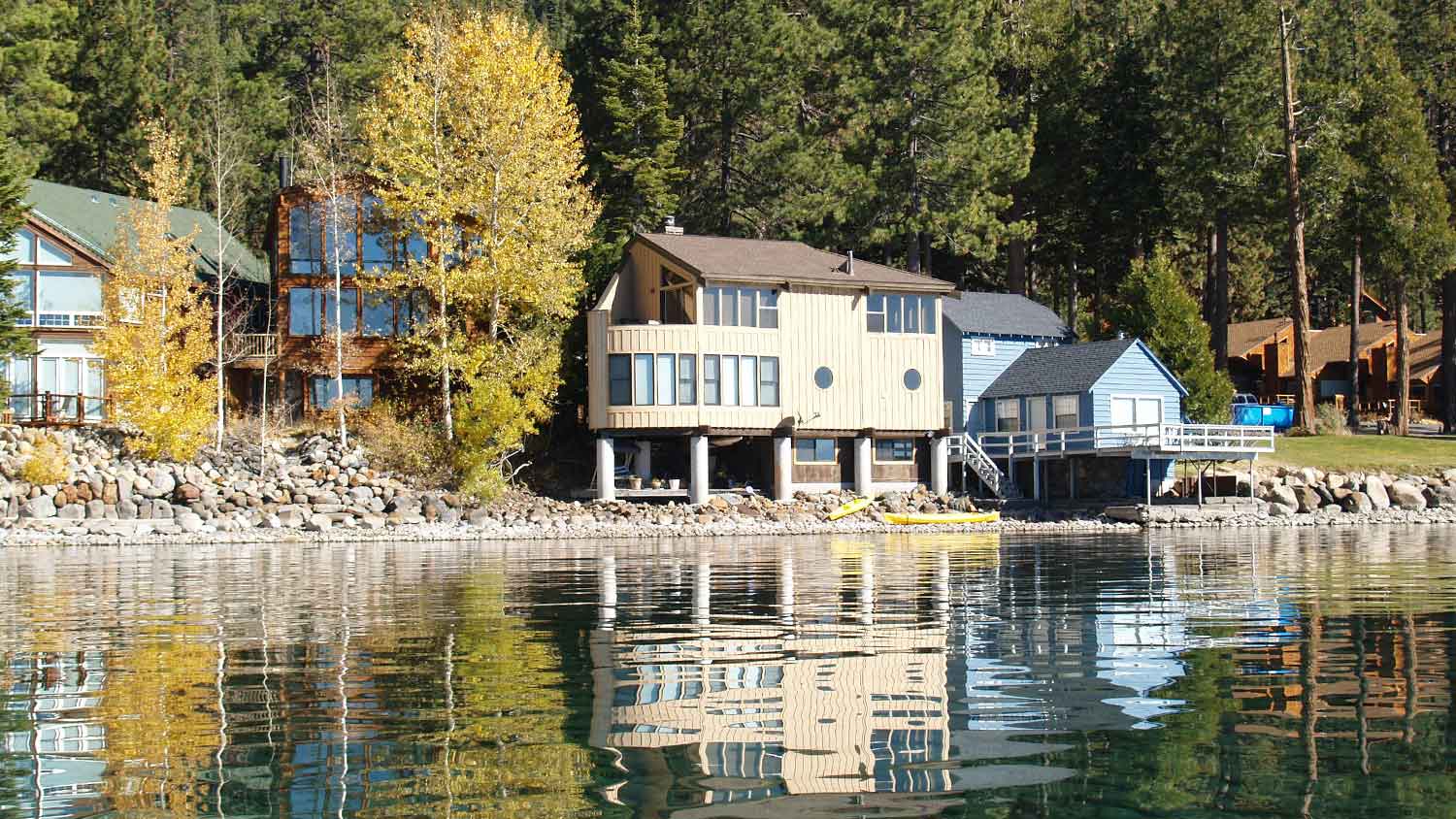
Xeriscape costs depend on materials, the size of your yard, and if you DIY. This guide will help you determine what your xeriscaping project will cost.
Cold weather is snow problem when it comes to winter gardening


You can extend your growing season with winter veggies.
Prep your garden for winter by adding mulch or cleaning debris.
Keep pollinators around by setting up feeding and watering stations.
You don’t have to give up on your gardening just because temperatures drop. There are plenty of things you can still do—and grow—once Old Man Winter has settled in for the season. Here’s how you can keep making the prepare your garden for winter.
Winter may mean plummeting temperatures and snowy weather, depending on where you live. That’s a far cry from the heat and humidity of summer, which allows many homeowners to grow flowers, fruits, and veggies in their home gardens. But the end of warmer weather doesn’t mean you have to tuck your garden in until spring; there are plenty of winter-hardy vegetables you can grow, sometimes even into the first frost, like:
Winter lettuce
Broccoli
Ornamental kale
Carrots
Root crops (like radishes and turnips)
Yes, plenty of things will still flourish in the early winter, but there are also ways to set up a winter garden with more evergreen plants that will keep through even the chilliest of winter nights. Consider creating a garden area that’s especially hardy against cold weather and provides coverage and food for animals who may otherwise struggle through the season.
Evergreen trees
Juniper shrubs
Arborvitaes
Holly bush
If the cold weather has you down and growing winter veggies isn’t on your mind, start planning for the spring. You can still tend to your beds, add layers of mulch, and even clean out debris from the last growing season well after the first frost has set in. You can even plant some warm-weather bulbs if the ground hasn’t hardened yet.

Just because seasonal blooms and most bees and butterflies have gone doesn’t mean you can’t still make your yard the place for perennial pollinators like birds. Just because they don’t have as much work to do in the winter doesn't mean they wouldn’t enjoy some birdseed or freshwater sources. Plus, they’ll be easier to see (and enjoy) with fewer leaves and distractions to camouflage them. Meaning you can get a great view of them enjoying your garden (even from the comfort and warmth of inside your home).
If you’re going to brave the cold to work out in the garden, make sure you dress for the occasion. Wear extra thick gloves and make sure you’re wearing insulating layers. If the temperatures are particularly low, you’ll want to take frequent breaks to get inside and warm back up. A hot cup of coffee or tea can go a long way to helping you fight that chill long enough to get in some quality dirt therapy.
From average costs to expert advice, get all the answers you need to get your job done.

Xeriscape costs depend on materials, the size of your yard, and if you DIY. This guide will help you determine what your xeriscaping project will cost.

Leveling your yard can help with drainage and prevent damage to your home. Learn the cost to level a yard in Columbus, OH, and what factors can affect the price.

Looking to step up your golf game without leaving your property? This guide details backyard putting green costs to help you decide if this project is worth it.

Dreaming of landscaping that makes your entire neighborhood jealous but not sure you’re ready? Ask these common landscaping questions before getting started.

Looking for a pet-friendly alternative to natural grass? Read on to see the pros and cons of artificial grass with dogs.

Riprap prevents erosion and protects your shoreline when done right. Learn who to hire for riprap and how to find a licensed professional.